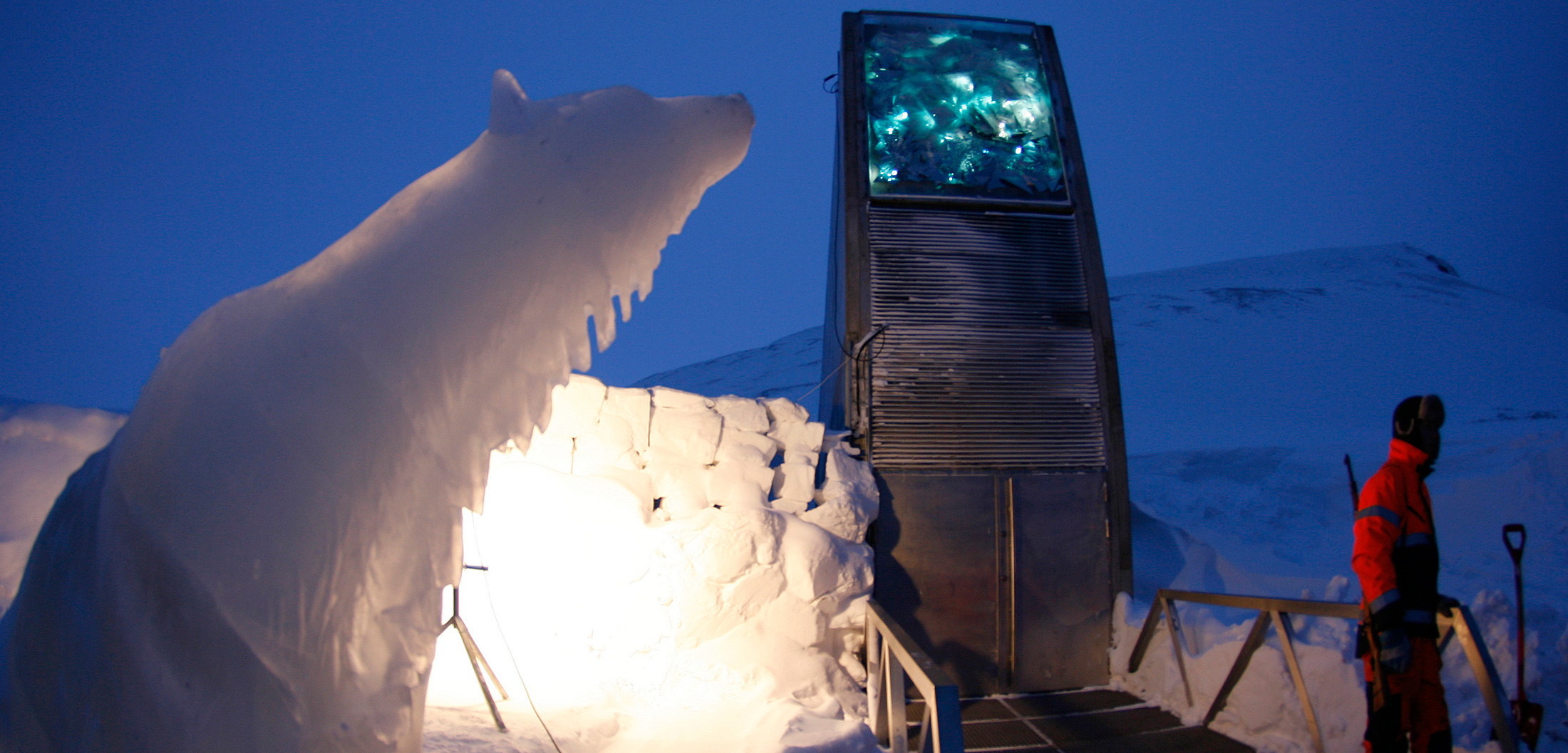Stories from the Seven Seas
A weekly roundup of coastal news.
Article body copy
Hakai Magazine is all about the coast, but other outlets sometimes share our fascination. Every week we round up our favorite coastal stories from around the web.
National Geographic discovers first glowing turtle
Videographer, David Gruber for National Geographic
Watch this sea turtle as it sports a biofluorescent shell, seen for the first time near the Solomon Islands.
Scientists are dyeing California’s ocean pink to track pollution
by Carla Herreria for the Huffington Post
“What happens to all the trash and chemicals washed into the ocean after heavy rains? A team of U.S. and Mexican scientists are trying to find out by dyeing the ocean bright pink … Researchers use a fluorometer, a device that measures dye fluorescence, to track the pink dye from the beach, boats and a Jet Ski.”
America’s first fisherman bagged Alaskan salmon 11,500 years ago
by Zach Zorich for Science
“‘It’s difficult to capture ancient fishing because of the nature of fish bones—they’re small, fragile bones,’ says Carrin Halffman, a biological anthropologist at the University of Alaska (UA), Fairbanks, and the lead author of the new study. And if archaeologists do turn up any fishy remains, she says, it’s hard to know just what kind of fish it was … Analyzing DNA in a piece of uncooked fish bone, Halffman and her team found that it was chum salmon (Oncorhynchus keta), a hefty fish that weighs 5 to 10 kilograms and grows roughly 60 centimeters long.”
After 60 million years of extreme living, seabirds are crashing
by Jeremy Hance for The Guardian
“Conservationists have long known that many seabird populations are in decline, but a recent paper in PLOS ONE finds the situation worse than anticipated. According to the researchers, seabird abundance has dropped 69.7% in just 60 years — representing the deaths of some 230 million animals.”
How the miracle mollusks of Fangataufa came back after a nuclear blast
by Damaris Colhoun for Atlas Obscura
“[T]he French government detonated a hydrogen bomb on the Fangataufa atoll, a small, enclosed coral reef that forms a lagoon, almost like a bathtub, in the middle of the ocean. Sacrificed at the altar of global security, at the peak of Cold War paranoia, the reef was singed to a crisp … After surveying the atoll for more than 30 years, scientist Bernard Salvat … says that the mosses and plants have returned. Even more remarkable is that the mollusks who were fried on its rocky perimeter back in 1968—mollusks that Salvat has been studying since before the tests occurred—have also made something of a comeback.”
That Arctic seed vault isn’t just there for a doomsday
by Lizzie Wade, Wired
“Built beneath a mountain on an Arctic island halfway between Norway and the North Pole, the Svalbard Global Seed Vault currently stores over 800,000 seed samples from 5,100 species of crops and their wild relatives. These seeds are the product of 10,000 years or so of agriculture, history they hold in their genes. The Svalbard vault’s job is to protect them from catastrophe, including nuclear war.”
The biggest tides in the world hit Canada this week
by Daniel Martins for The Weather Network
Coastal dwellers on Canada’s east coast were in for a rarity this week: the convergence of a full moon, a perigee moon, and the fall equinox coincided with the apex of an 18-year cycle that made for the highest global tides in almost two decades, peaking on Tuesday, September 29. And the Bay of Fundy between New Brunswick and Nova Scotia are already famous for sporting the highest tides in the world. This week was a doozy.
National Hurricane Center
from the National Weather Service in the US
Will Hurricane Joaquin fizzle or turn into another Superstorm Sandy, flooding New York City and tearing apart newly rebuilt boardwalks on the Jersey Shore? Follow the hurricane as it moves north from the Caribbean.

